1. Cockroaches Can Survive Without Their Heads
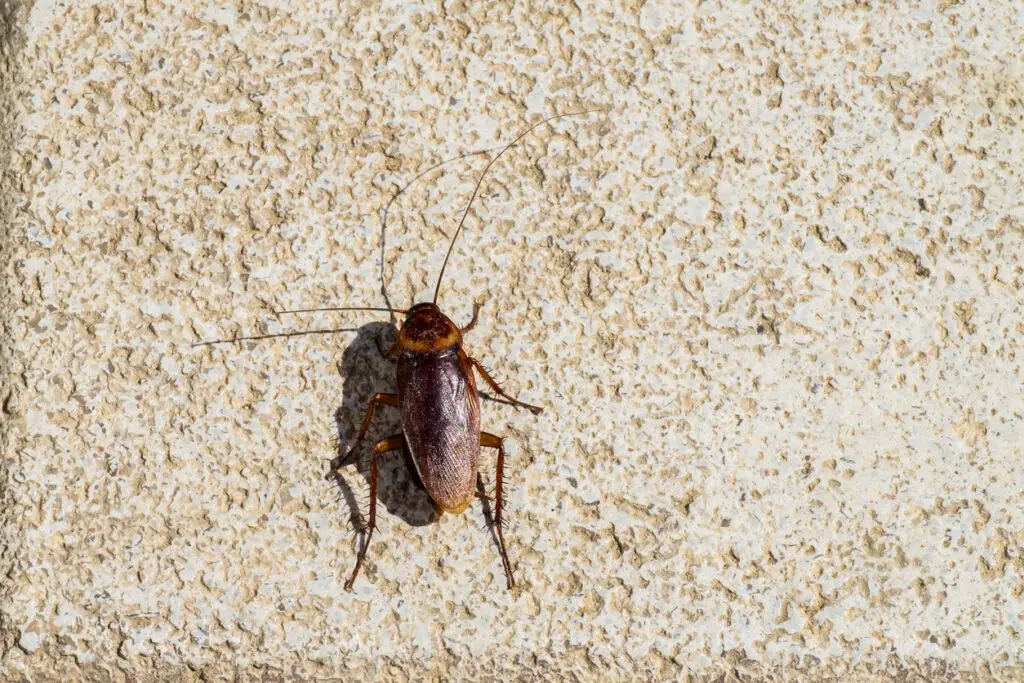
If you think cockroaches are already hard to kill, wait until you hear this—according to Pestworld, they can live for weeks without their heads. Unlike humans, roaches don’t rely on their brains to breathe. Instead, they have tiny openings called spiracles along their bodies that allow them to take in oxygen. That means even if their head gets cut off, their body keeps functioning, and they can still move around as if nothing happened. It’s only after about a week or two that they finally die—not from injury, but from dehydration.
But wait, it gets even weirder. Even without a body, a cockroach’s severed head can survive too! If placed in a nutrient-rich environment, it can continue moving its antennae and reacting to touch for hours or even days. This freakish survival ability is what makes them some of the toughest creatures on Earth. So the next time you try to squash a cockroach, just remember—it might take more than that to truly finish the job.
2. Dragonflies Are the Most Efficient Killers in the Animal Kingdom
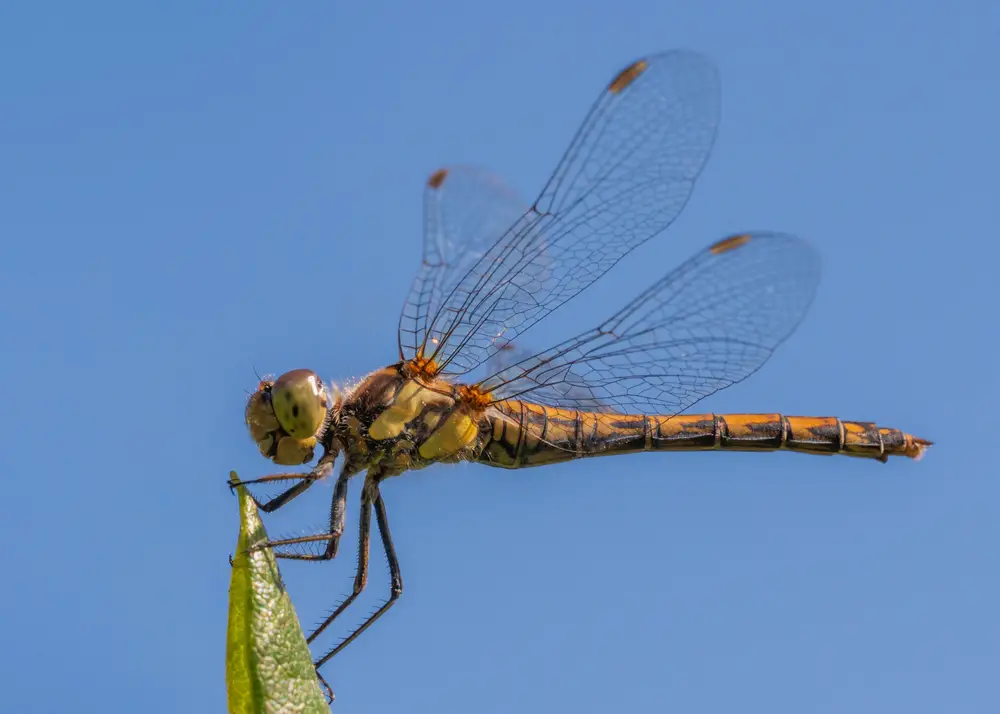
When you think of deadly hunters, you probably picture lions, sharks, or eagles. But the most successful predator on Earth is actually the dragonfly. These seemingly delicate insects have a 95% kill rate, meaning that when they go after prey, they almost never miss. Their secret? Insane precision and lightning-fast reflexes. Dragonflies can calculate the exact trajectory of their prey in mid-air and adjust their flight to intercept it perfectly.
Not only are they incredibly accurate, but they also have super-powered eyesight. With nearly 360-degree vision, they can see their prey from almost any angle, making it nearly impossible for their victims to escape. Scientists even study their flight mechanics to improve drones and robotic movements! So while they might look graceful as they flit through the air, dragonflies are actually some of nature’s most ruthless and efficient assassins.
3. Some Butterflies Drink Blood and Tears
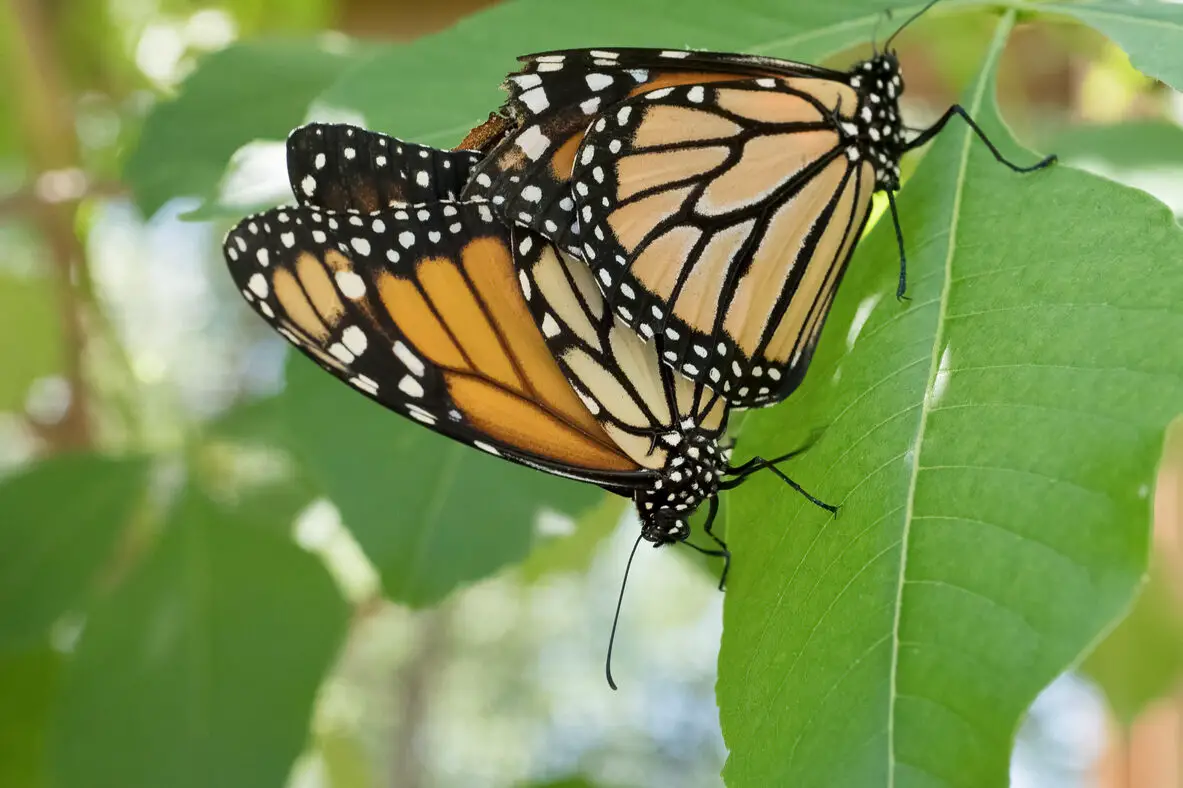
You might think of butterflies as gentle, delicate creatures that sip nectar from flowers. But some species have a much darker diet—they drink blood, sweat, and even animal tears. This eerie behavior, called lachryphagy, helps butterflies get essential nutrients like sodium and minerals, which they can’t always find in plants. They’ll land on the faces of animals like crocodiles or turtles and gently sip away at their tears, totally unbothered by the massive jaws just inches away.
And yes, if given the chance, some butterflies will drink blood too! Scientists have observed certain species feeding on decaying animal carcasses, sucking up fluids just like a vampire. While they won’t attack humans, it’s definitely unsettling to think that these delicate creatures have such a creepy side. So the next time you see a butterfly fluttering gracefully through a garden, just remember—it might be looking for something much more than just flower nectar.
4. Ants Can Create Living Rafts to Survive Floods
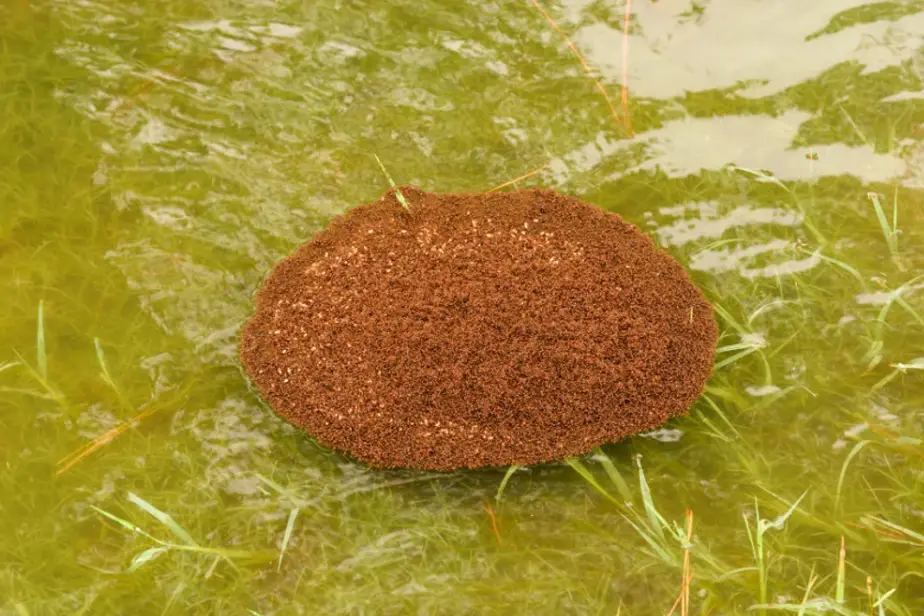
Ants are tiny, but when they work together, they can do some mind-blowing things. One of their most incredible survival tricks? Building living rafts out of their own bodies. When a flood threatens their colony, certain ant species, like fire ants, will lock their legs together to form a floating mass. The ants at the bottom don’t drown because they trap tiny air bubbles between their bodies, keeping the entire raft buoyant.
What’s even crazier is that these rafts can stay afloat for weeks or even months. Scientists have seen fire ant rafts drifting for over 30 days, surviving harsh conditions until they reach dry land. And if a predator attacks, the raft can reassemble itself, shifting ants around to protect the queen at the center. It’s an incredible display of teamwork and survival instincts—one that proves ants might just be among the most intelligent insects on Earth.
5. Termites Never Sleep—Ever
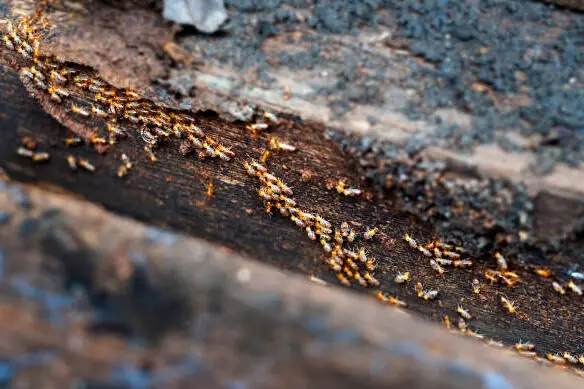
If you thought your work schedule was bad, imagine never getting a break for your entire life. That’s exactly what termites go through. Unlike humans, who need rest to function, termites are always on the move, eating, digging, and expanding their massive underground colonies 24/7. Their bodies don’t require sleep the way ours do, which means they can literally work themselves to death—but not before causing millions of dollars in property damage.
This endless activity is part of what makes them so destructive. While other insects rest at night, termites keep chewing through wood non-stop, sometimes causing entire buildings to collapse. Scientists believe their unique biology allows them to repair their DNA faster, preventing exhaustion and keeping them moving at all times. So if you ever hear strange noises in your walls late at night, just remember—you might have an army of tireless termites working overtime inside your home.
6. Praying Mantises Can Turn Their Heads Like Humans
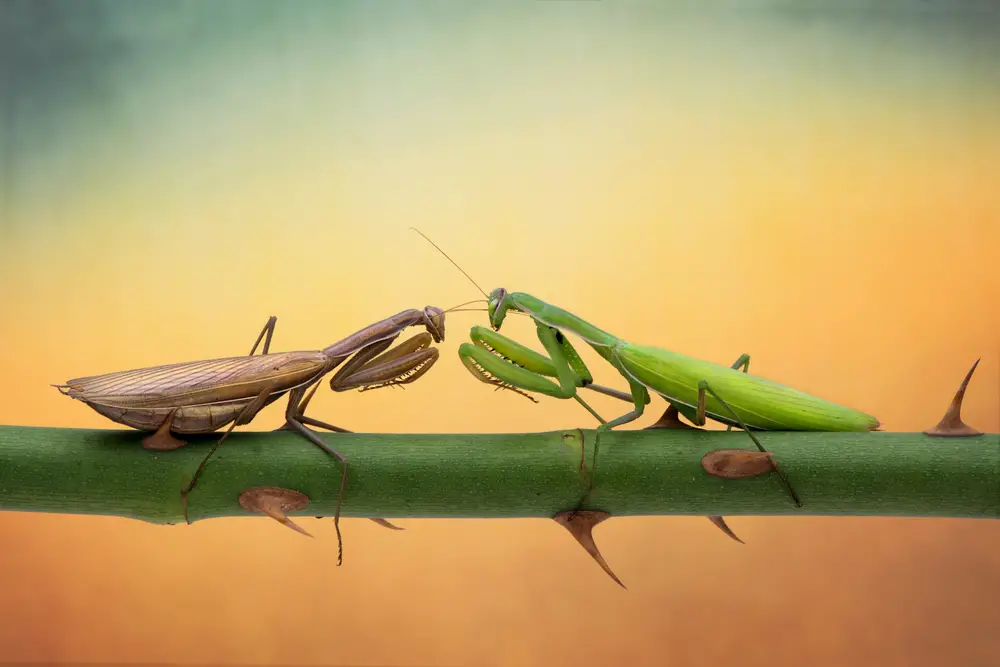
Most insects have fixed heads, meaning they can only move their eyes to look around. But praying mantises are different—they can turn their heads a full 180 degrees, just like humans! This creepy ability makes them even better hunters because they can keep their prey in sight while staying completely still. Combined with their ultra-sharp vision, this makes them one of the most effective ambush predators in the insect world.
And here’s where it gets even more intense. Female mantises are infamous for eating their mates during or after mating, sometimes even biting off the male’s head mid-act. But weirdly enough, the male’s body can keep going even after being decapitated. Some scientists believe this gruesome behavior provides the female with extra nutrition for her eggs, making it a brutal but effective survival strategy. So while they might look elegant and alien-like, praying mantises are some of the most terrifying insects out there.
Click here for more stories like this
7. Some Wasps Can Turn Their Prey Into Zombies
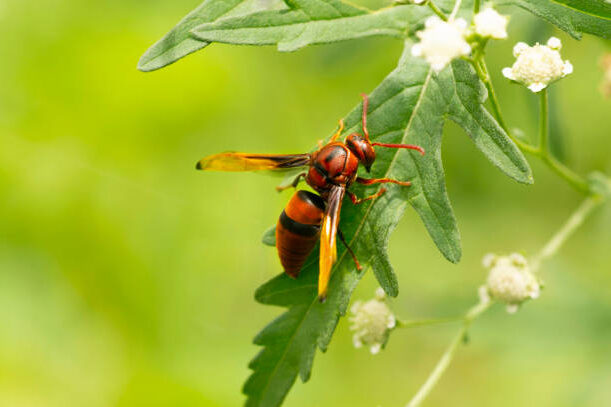
If you thought zombies were just a horror movie thing, think again—some wasps can actually mind-control their victims. The emerald jewel wasp, for example, injects venom directly into a cockroach’s brain, turning it into a docile, helpless zombie. Instead of running away, the cockroach calmly follows the wasp, completely under its control. The wasp then lays its eggs inside the cockroach, and when the larvae hatch, they eat the roach alive from the inside out.
And it’s not just cockroaches—other parasitic wasps use similar tactics on spiders, caterpillars, and even other insects. Some even rewire their hosts’ brains, forcing them to build protective cocoons before being eaten. Scientists are fascinated by these wasps because their venom targets specific parts of the brain, which could lead to medical breakthroughs in neurology. But for their victims, it’s a nightmarish fate that proves nature is often more horrifying than fiction.
8. Fleas Can Jump 100 Times Their Body Length
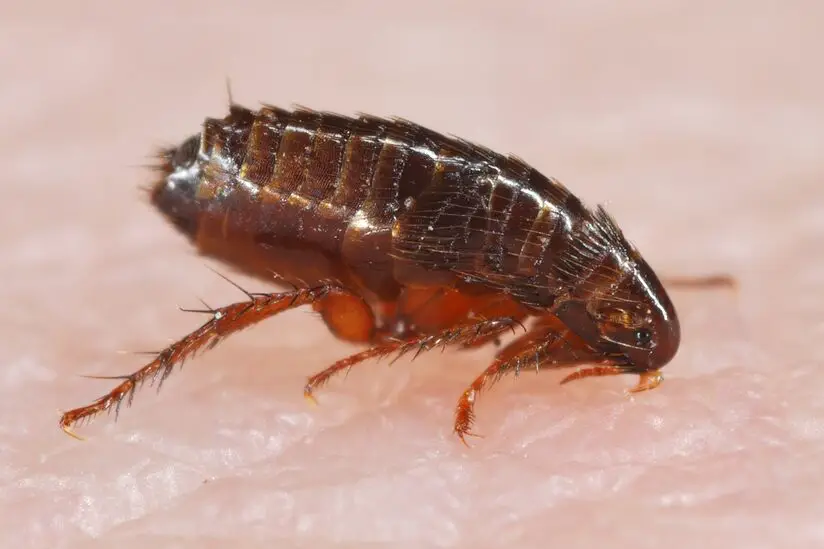
Fleas are tiny, but their jumping power is absolutely insane. These little pests can launch themselves over 100 times their own body length, which would be like a human jumping as high as a 30-story building. They achieve this using a special protein called resilin, which works like a spring-loaded mechanism in their legs. Instead of using muscle strength alone, fleas store energy and release it in one explosive burst, sending them flying through the air.
This ability makes fleas nearly impossible to catch, which is why they’re such a nightmare for pet owners. What’s even scarier? Fleas don’t just use their jumps to escape—they use them to attack. They leap onto unsuspecting hosts, bite, and start sucking blood before their victim even realizes what’s happening. And since they reproduce at an alarming rate, a few fleas can quickly turn into a full-blown infestation. So if you’ve ever had to battle fleas in your home, now you know why they’re so hard to get rid of.
9. The Loudest Insect on Earth Is Smaller Than Your Thumb
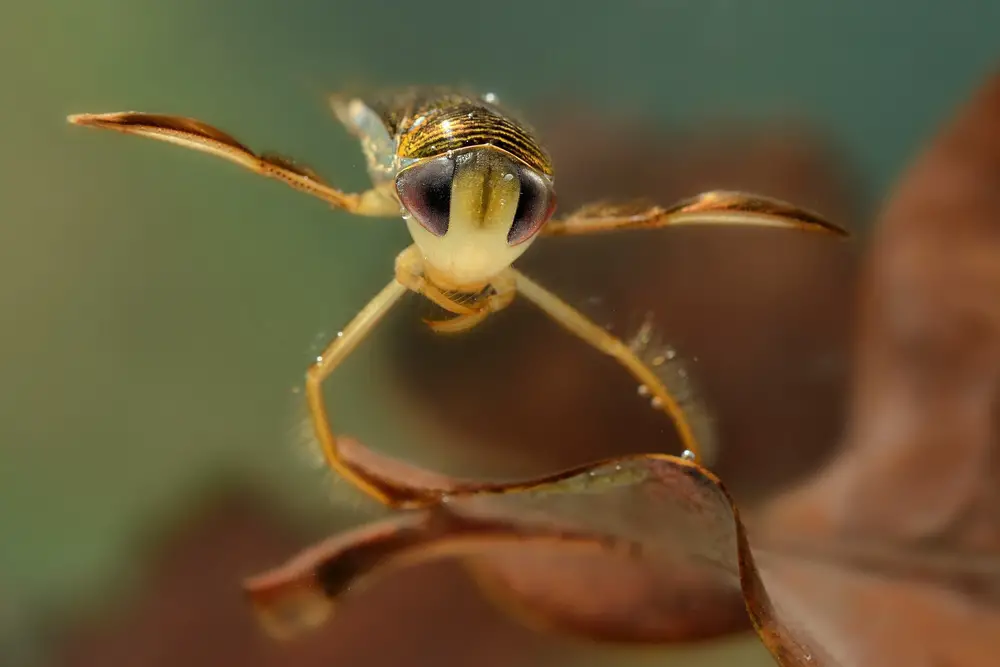
When you think of loud animals, you probably imagine lions roaring or elephants trumpeting. But the loudest insect in the world is actually the tiny water boatman, an aquatic bug that grows no bigger than a few millimeters. This tiny creature produces a deafening sound that reaches 99 decibels—about as loud as a jackhammer. Even crazier? It creates this sound by rubbing its privates against its abdomen, a bizarre act known as stridulation.
Scientists were baffled when they first discovered this because the water boatman is so incredibly small. It turns out their sound production is highly efficient, allowing them to generate such intense noise despite their size. The main purpose of this racket? Attracting mates. Essentially, male water boatmen are screaming their lungs out underwater just to get a date. So the next time you think nature can’t get any weirder, remember that some bugs literally serenade their lovers using their privates.
10. Some Caterpillars Pretend to Be Snake Heads
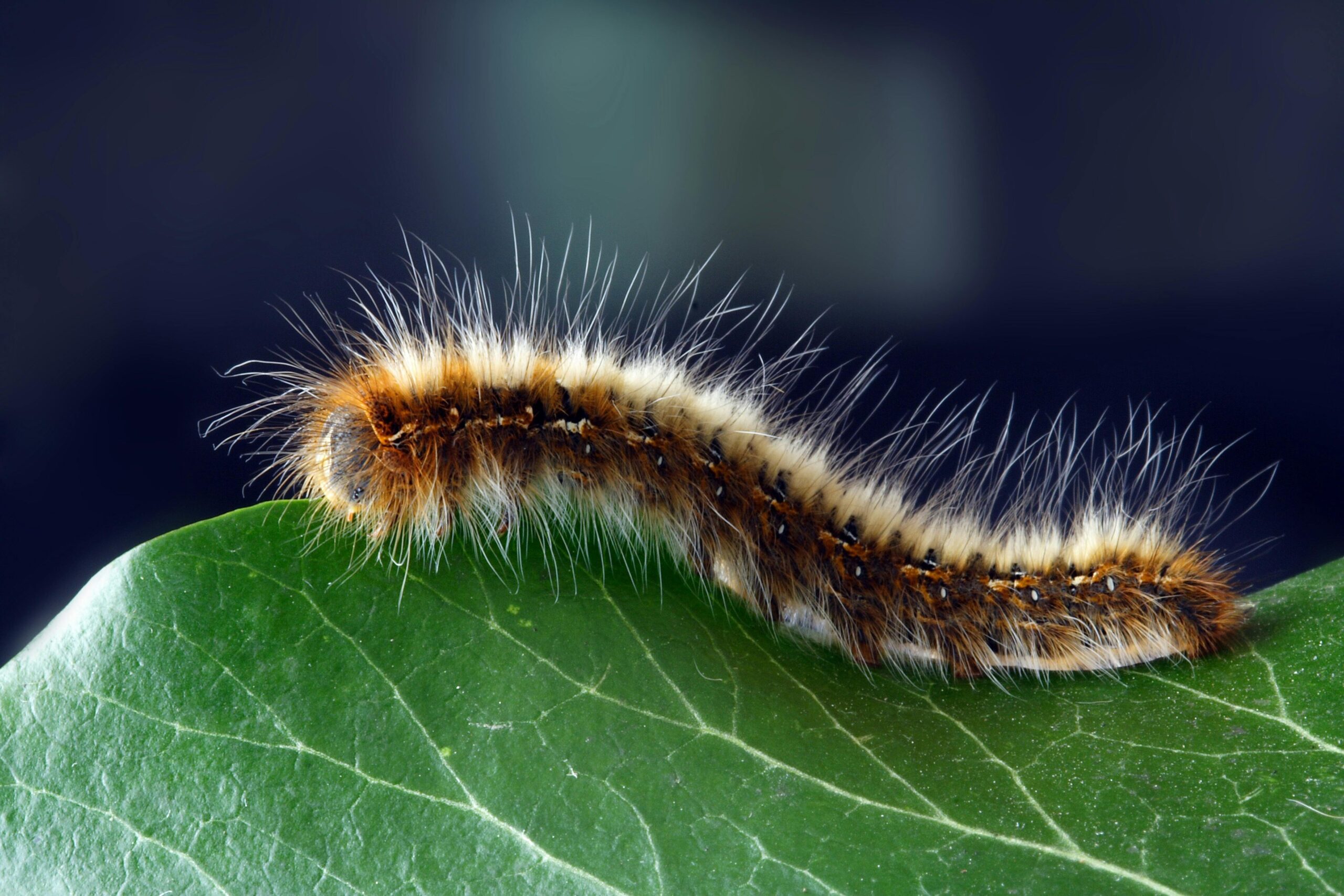
Caterpillars might seem harmless, but some have developed insane defense mechanisms to avoid being eaten. The hawk moth caterpillar, for example, can inflate parts of its body to resemble a snake’s head, complete with fake eyes and scales. When a predator approaches, it rears up and mimics the movements of a real snake, scaring off birds and other hungry attackers.
And that’s not the only trick they have up their sleeve. Some caterpillars can make themselves invisible by blending perfectly into leaves, while others release foul-smelling chemicals to repel predators. A few even have sharp, venomous spines that can cause intense pain or allergic reactions if touched. So while they might one day transform into beautiful butterflies, these little larvae are masters of deception and survival in their own right.
11. Fireflies Use Their Light to Play Mind Games
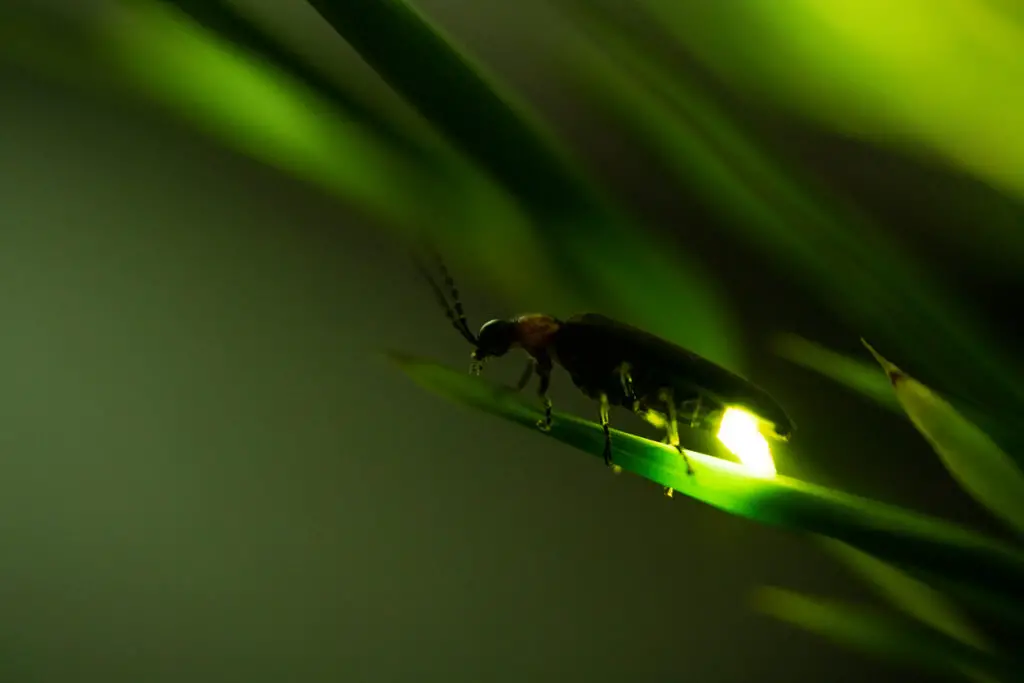
Fireflies are famous for their glowing bodies, but did you know they also use their light to trick and kill each other? While most fireflies flash to attract mates, some species—like the femme fatale firefly—use their glow as a deadly trap. These sneaky females mimic the flash patterns of other species, luring unsuspecting males into thinking they’ve found the perfect mate. But instead of romance, the poor male ends up as a meal.
And the deception doesn’t stop there. Fireflies also use their light signals to confuse predators, making it harder for birds and other hunters to track them down. Some even synchronize their flashes in massive, mesmerizing displays that scientists are still trying to fully understand. So while they might seem like magical little creatures lighting up summer nights, fireflies are also masters of survival, strategy, and even betrayal.
12. Beetles Outnumber Humans 250 Million to One
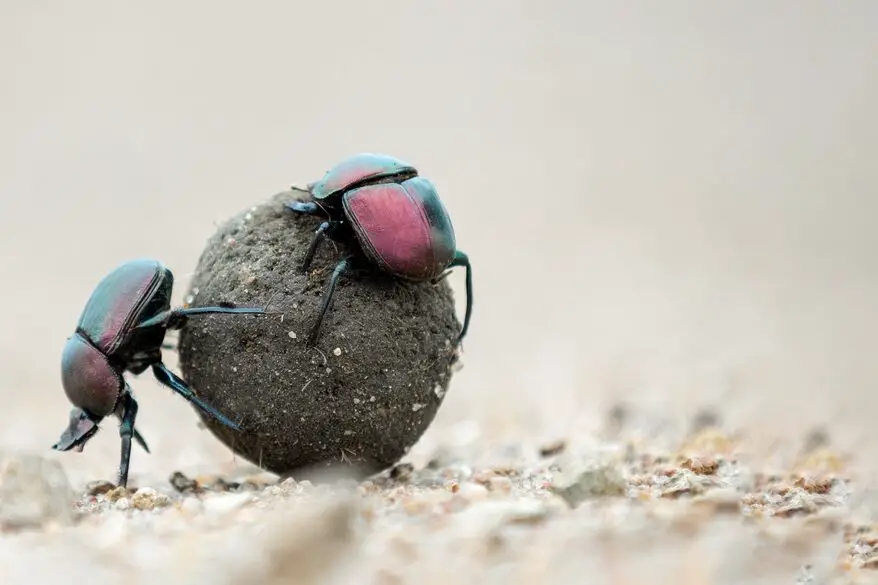
If you ever feel alone in the world, just remember—you’re surrounded by beetles. In fact, beetles make up 40% of all known insects on Earth, with an estimated 400,000 different species discovered so far. That means for every single person, there are about 250 million beetles crawling around somewhere. From tiny ladybugs to massive, armored stag beetles, these insects dominate almost every habitat on the planet.
What’s even more mind-blowing? Scientists believe we’ve only discovered a fraction of all beetle species out there. Some researchers estimate that millions more remain undiscovered, hidden deep in rainforests, underground, or in places humans haven’t explored yet. So if you ever wondered which creatures truly rule the world, it’s not humans, lions, or even sharks—it’s beetles, quietly thriving in numbers beyond imagination.


